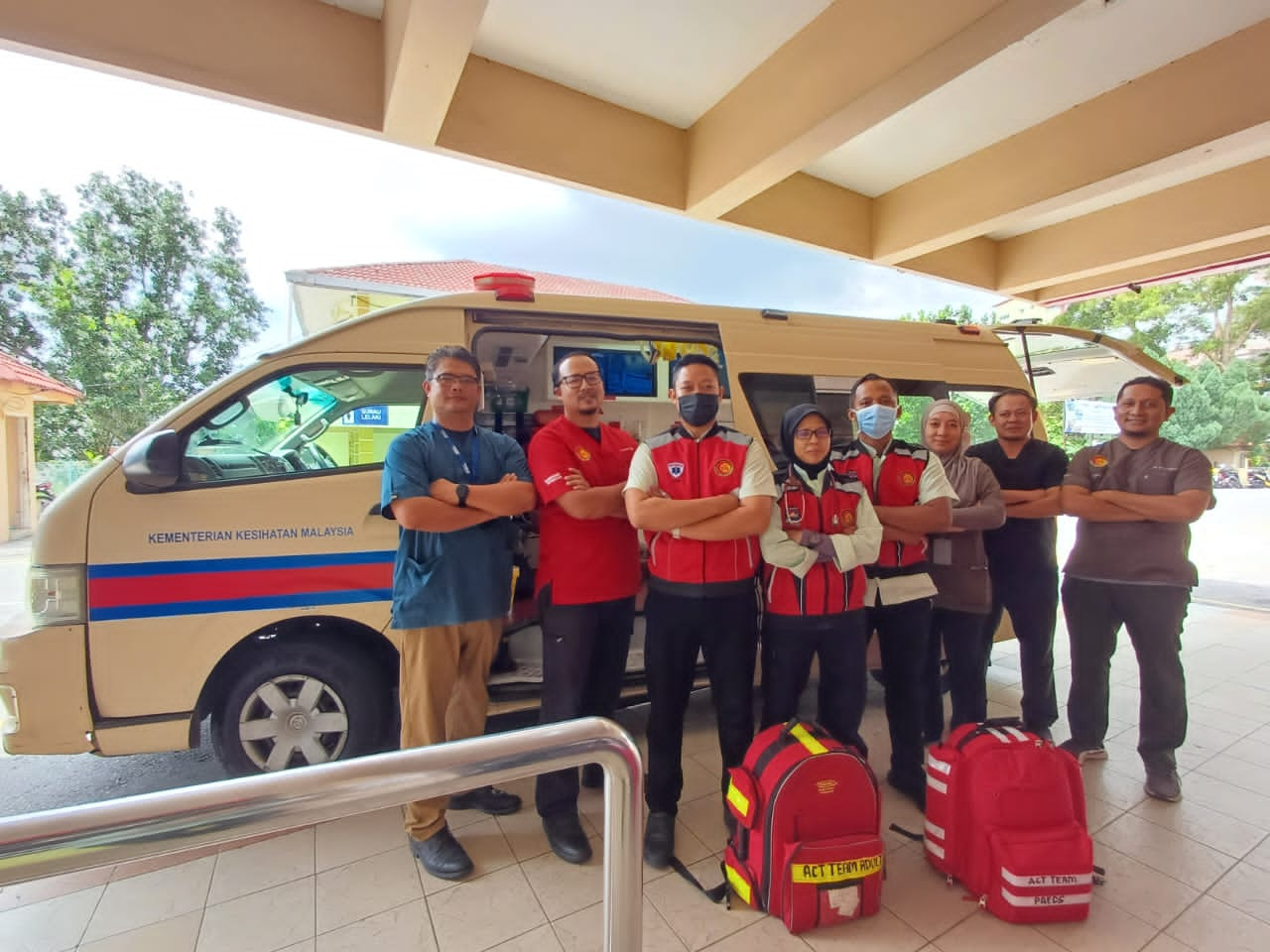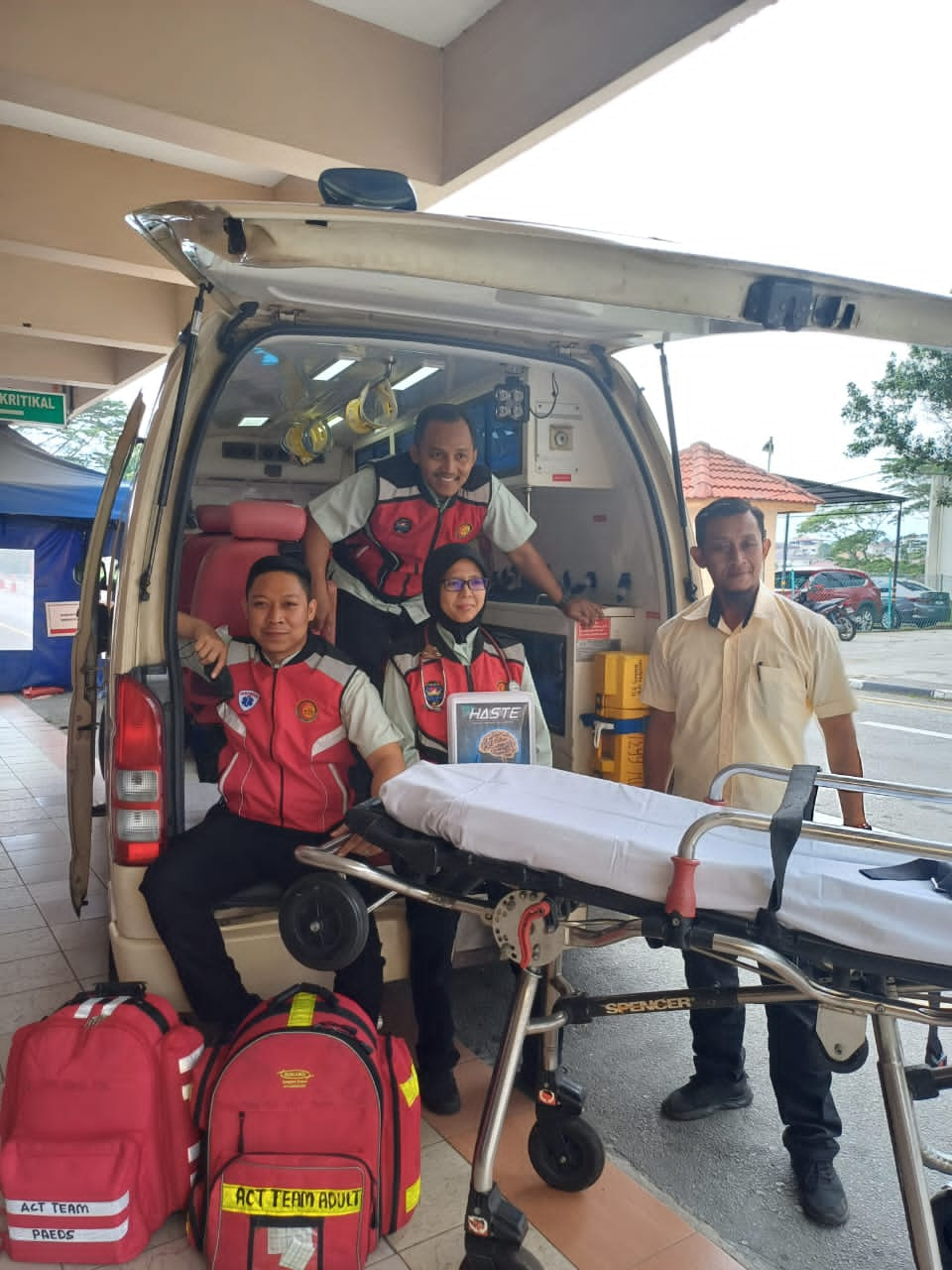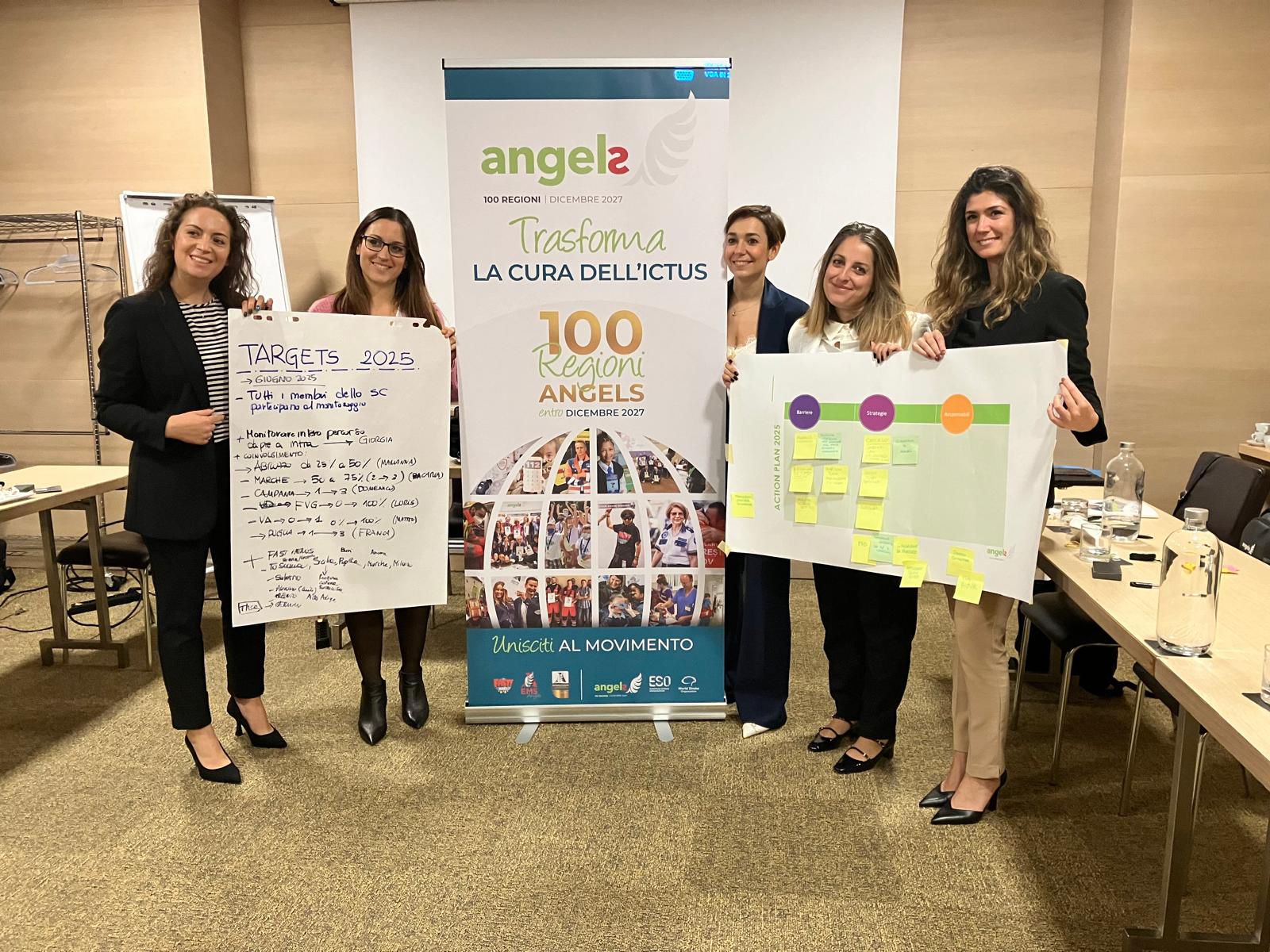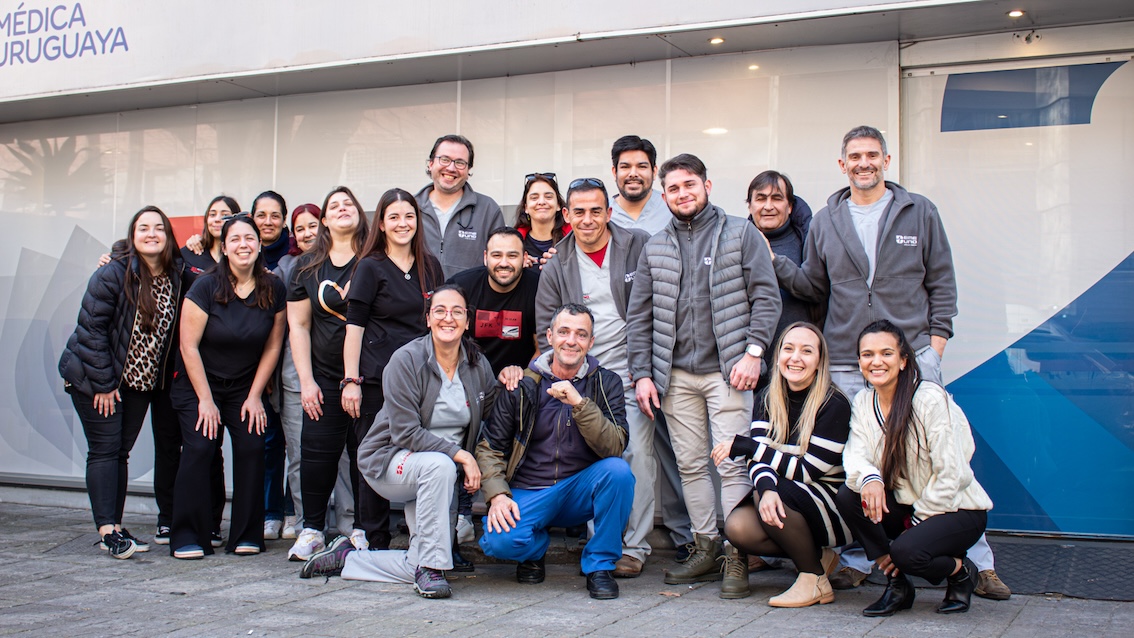
Hasta hace tres años, las llamadas de ictus al servicio de ambulancias en el estado de Negeri Sembilan de Malasia no se consideraron urgencias críticas en cuanto al tiempo. Se les asignó prioridad de nivel cuatro y el protocolo solo exigía que el paciente fuera llevado al hospital del distrito más cercano.
Sin embargo, en 2020, el ictus alcanzó una prioridad. A partir de entonces, una sospecha de ictus pondría al centro de expedición en alerta alta. La ambulancia más cercana y con más experiencia se activaría para asistir al lugar y evitarían el hospital más cercano si no estuviera lista para el ictus, llevando directamente al paciente al Hospital Tuanku Ja’afar en la capital estatal, Seremban.
El precursor de este cambio significativo se produjo en 5 de mayo de 2019, el día en que el Hospital Tuanku Jafa’ar trató a un paciente con ictus isquémico con trombólisis por primera vez. Su tiempo puerta-aguja de menos de 60 minutos fue suficiente para ganar el primer premio Angels de la WSO del hospital. Durante los próximos dos años, duplicaría su tasa de tratamiento y reduciría a la mitad su tiempo de tratamiento para convertirse en uno de los pocos hospitales de Malasia y cumplir así los criterios para recibir un premio de diamante.
Para alcanzar este hito y lograr una mediana del tiempo puerta-aguja de clase mundial de 25 minutos, el hospital optimizó su circuito para eliminar todas las interacciones innecesarias. Una intervención clave fue convertir a su unidad de ambulancias en parte de su equipo de ictus, en reconocimiento del hecho de que una circuito optimizada del ictus comenzó en el momento en que el paciente o su familiar llamó al 999. El resultado de esta colaboración fue el desarrollo del protocolo HASTE, que ahora se utiliza en hospitales de todo el estado, y el kit HASTE para equipos prehospitalarios.
HASTE significa "vía inteligente hiperaguda para el ictus en caso de emergencia" y es esencialmente un modelo para hacer las cosas importantes correctamente. En el Hospital TuankuJa’afar, esto incluye asegurarse de que sus equipos paramédicos estén debidamente formados en la atención prehospitalaria del ictus, y que hayan recurrido al kit HASTE con listas de comprobación y escalas de ictus para evaluar al paciente, así como a la supervisión remota por parte de un médico de urgencias.
prenotificación previa y el registro previo garantizan que un equipo especializado en ictus esté listo para recibir al paciente cuando llegue. Después de una breve parada en el servicio de urgencias, se dirige al paciente al escáner TC, que se encuentra unos 15 pasos más allá de la zona roja.
El Hospital TuankuJa’afar tiene una de las dos únicas TAC del estado, pero los pacientes con ictus se saltan la cola inevitable. En otra táctica que ahorra tiempo, el paciente permanece en la camilla del servicio de urgencias hasta después de tomar la decisión sobre el tratamiento y se le traslada a una cama dedicada en el servicio de urgencias.
Uno de los resultados de esta estrategia integrada ha sido que el Hospital TuankuJa’afarkeeps se suma a sus galardones: cada uno de ellos un capuchón de los médicos de urgencias Emi Noorina Binti Mohd Nor, el Dr. Syed Hussein Barakbah y el Dr. Mohamad Azzlee Mustafa, que dirigen el programa de ictus con la ayuda de Medicina Interna Aguda (AIM médico, por sus siglas en inglés)
La otra es que la unidad de servicio de ambulancias TuankuJa’afar también está atrayendo el reconocimiento internacional como el primer equipo de servicios de emergencias médicas fuera de Europa que recibe un premio Angels de los servicios de emergencias médicas.

Al igual que los premios Angels de la WSO, los premios EMS no solo sirven para reconocer el rendimiento, sino también para elevar el nivel de atención al identificar áreas en las que se necesita mejorar. El rendimiento se mide con respecto a criterios que incluyen el tiempo sobre el terreno, prenotificación, el parto en hospitales con capacidades para el ictus y la notificación de la medicación del paciente y el tiempo hasta la última normalidad conocida.
Un solo punto porcentual en la tasa prenotificación impidió al equipo TuankuJa’afar alcanzar el estado de diamante en el Q1 de 2023. Pero, aunque han tenido que estar satisfechos con un segundo platino por ahora, todos los ojos están en su mediana de tiempo sobre el terreno de 10 minutos, lo que según Katarzyna Putyło es lo mejor que han visto hasta ahora.
Cada vez se reconoce más en la comunidad del ictus que una estrecha relación laboral entre el hospital y el servicio de urgencias salva vidas, y el protocolo único de TuankuJa’afar para la atención prehospitalaria e intrahospitalaria del ictus es un ejemplo de ello. Un estudio estadounidense A2020 sobre el papel de los servicios de emergencias médicas en los sistemas de atención del ictus halló que la integración de los servicios de emergencias médicas era fundamental para mejorar las tasas de trombólisis entre los pacientes con ictus isquémico en la fase aguda.
Un estudio anterior de la colaboración hospitalaria-EMS en casos de infarto agudo de miocardio (IAM) halló que la colaboración activa se asociaba a tasas de mortalidad por IAM más bajas. Las medidas recomendadas por los autores de ese estudio se aplican por igual a las colaboraciones de la circuito del ictus, como la de TuankuJa’afar: comunicación y coordinación sólidas, participación de los servicios de emergencias médicas en actividades de mejora de la calidad y respeto por los profesionales de servicios de emergencias médicas como profesionales.
En TuankuJa, el respeto se expresa de varias maneras. Los equipos de ambulancias no solo reciben comentarios periódicos sobre los resultados de los pacientes; también están invitados a proporcionar comentarios sobre cómo se podría mejorar el protocolo y se incluyen como presentadores en talleres conjuntos en los que pueden compartir sus conocimientos con médicos y paramédicos.
“Es importante reconocerlos”, dice el Dr. Mohamad Azzlee Mustafa. “Son parte de nuestro equipo”.



